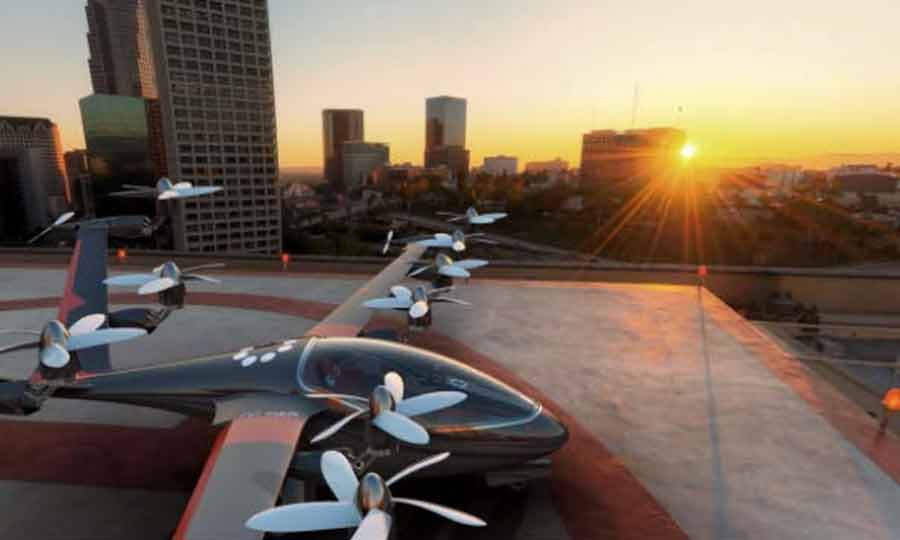
Google Co-Founder Sergey Brin shows then-U.S. Secretary of State John Kerry the sensor displays inside one of Google’s self-driving cars at the 2016 Global Entrepreneurship’s Innovation Marketplace. U.S. State Department
Nothing should surprise us about Silicon Valley's increasingly intense love affair with aviation at this point, and yet here we are, wondering what's going on inside a hangar at the NASA Ames Research Center. While Larry Page made headlines this week with the highly-anticipated unveiling of the Kitty Hawk Flyer, his Google co-founder Sergey Brin has also reportedly been working on an aircraft. And like Page, whose initial involvement with Zee.Aero and Kitty Hawk was shrouded in secrecy, Brin is also quiet about his project.
Except, while Page is working toward the renewed fad of making flying cars a reality, Brin's aircraft is rooted in aviation history. According to Bloomberg Technology, Brin is building "a massive airship" that is inspired by the USS Macon, the U.S. Navy's rigid airship and "flying aircraft carrier" that was once kept at Ames during its two years of service. Not much is known about Brin's intentions, though, but the involvement of former NASA Ames director of projects, Alan Weston, offers at least one idea.
As Bloomberg recalls, Weston once described an idea for an airship that could revolutionize cargo transport. “A larger airship can reduce costs a lot more than a smaller ship, but there’s design of a class of vehicles that can lift up to 500 tons that could be actually more fuel-efficient than even a truck,” he said. Weston even had a prototype for a helium-based airship that would bring air in from the outside, “essentially like lungs,” and it would be able to carry up to 500 tons.
If Brin's endgame is, in fact, revolutionizing cargo transportation, he's not alone. Last August, the UK's Hybrid Air Vehicles celebrated the successful launch and test flight of the Airlander 10 (nicknamed the "Flying Bum"), which can carry approximately 10 metric tons of cargo. The company's goal is to build an aircraft that can carry as much as 50 tons by 2020. Of course, if Weston and Brin build an airship that can lift 500 tons, HAV is going to need a bigger blimp.

Sign-up for newsletters & special offers!
Get the latest FLYING stories & special offers delivered directly to your inbox






